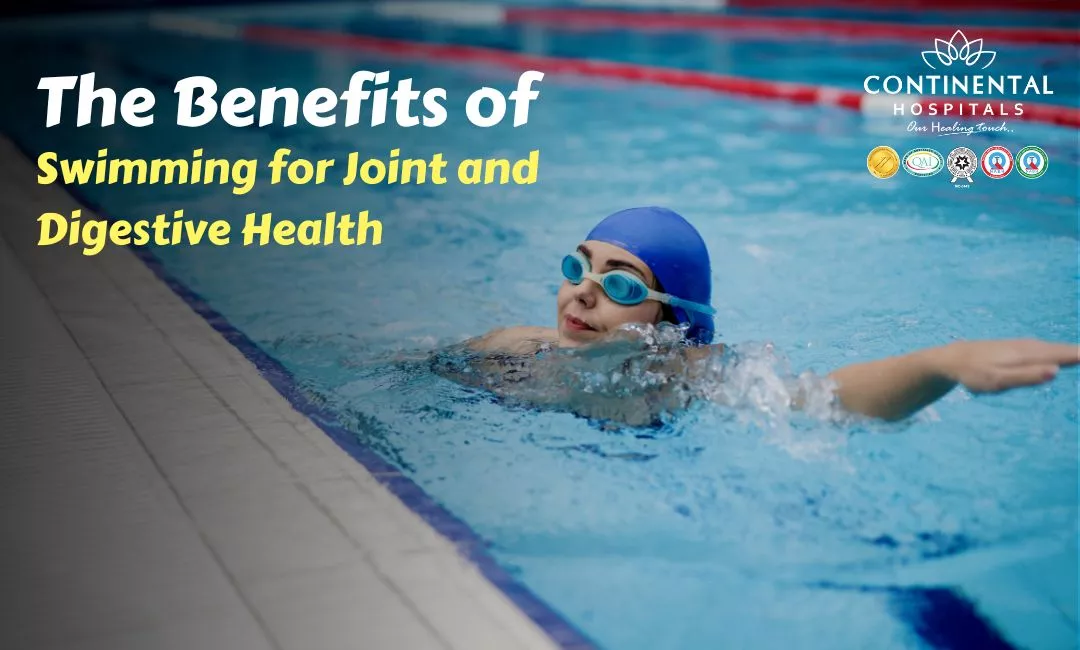The Effects of Swimming on Bone and Joint Health

The Effects of Swimming on Bone and Joint Health
Swimming is a versatile, low-impact exercise that offers numerous benefits for bone and joint health, making it particularly appealing for middle-aged individuals aged 40-55. As joint stiffness, pain, and bone density concerns become more prevalent with age, swimming provides a practical and enjoyable way to maintain physical health while reducing strain on the body. This article explores how swimming can improve joint flexibility, reduce inflammation, enhance bone health, and serve as an effective exercise for individuals with arthritis or osteoporosis.

Why Swimming is Ideal for Bone and Joint Health
Swimming is unique among physical activities because it combines aerobic exercise with low-impact movement. Unlike running or other high-impact exercises that stress joints, swimming utilizes water’s buoyancy to support the body’s weight, minimizing pressure on joints and bones. This makes swimming suitable for people with arthritis, osteoporosis, or joint pain.

Key Benefits:
-
Low-Impact Exercise
Swimming avoids the jarring impact associated with land-based activities like jogging, which can exacerbate joint pain or injuries .1 .2. The buoyancy of water supports nearly 90% of body weight, reducing stress on joints .5. -
Improved Flexibility
The wide range of motion required in swimming enhances joint flexibility and mobility. Regular swimming sessions can increase the range of motion in joints like shoulders, hips, and knees .2 .3. -
Reduced Inflammation
Swimming promotes circulation and reduces inflammation in joints, alleviating stiffness and discomfort caused by conditions like arthritis .1 .2. -
Strengthened Muscles
By engaging major muscle groups—arms, legs, back, and core—swimming strengthens the muscles surrounding joints. Stronger muscles provide better joint stability and reduce the risk of injury .1 .7. -
Bone Health
Although swimming is non-weight-bearing (and thus less effective at directly increasing bone density compared to weightlifting), it still contributes to overall musculoskeletal health by improving muscle strength and coordination .6.

Swimming for Arthritis Relief
Arthritis is a common condition among middle-aged individuals that can lead to chronic joint pain and stiffness. Swimming has been shown to alleviate these symptoms effectively.

How Swimming Helps:
-
Pain Reduction: Studies show that regular swimming reduces joint pain and stiffness in individuals with osteoarthritis (OA) .4 .10.
-
Enhanced Functionality: Swimming improves physical function by increasing strength and flexibility in affected joints .4 .10.
-
Stress-Free Movement: Water’s buoyancy allows arthritis patients to move freely without experiencing the discomfort associated with weight-bearing exercises .5 .9.
For those with arthritis, aquatic exercises like aqua aerobics or gentle swimming strokes can be tailored to individual needs.

Swimming as a Preventative Measure
Even for individuals without existing joint problems, swimming serves as an excellent preventative measure against future issues.

Preventative Benefits:
-
Strengthens Joint Stability: By targeting muscles around joints, swimming helps prevent injuries and degenerative conditions like tendonitis or osteoarthritis .7.
-
Promotes Weight Management: Excess weight places additional stress on joints. Swimming is an effective calorie-burning exercise that aids in maintaining a healthy weight .1.
-
Boosts Cardiovascular Health: Improved circulation from aerobic activity enhances nutrient delivery to bones and joints .2 .6.

Swimming for Osteoporosis Management
Osteoporosis weakens bones and increases fracture risk. While weight-bearing exercises are traditionally recommended for bone density improvement, swimming offers complementary benefits.

Benefits for Osteoporosis Patients:
-
Non-Strenuous Exercise: For individuals unable to perform high-impact activities due to frailty or injury risk, swimming provides a safe alternative .6.
-
Improved Muscle Coordination: Strengthening muscles through swimming supports balance and reduces fall risks—a critical concern for osteoporosis patients .6.

Mental Health Benefits
The mental health advantages of swimming should not be overlooked. Stress relief from aquatic activity indirectly benefits bone and joint health by reducing cortisol levels (a hormone linked to inflammation).

Mood Enhancer:
-
Swimming releases endorphins that improve mood and reduce stress .2 .9.
-
Relaxation from water-based activity promotes better sleep quality—essential for recovery and overall health.

Practical Tips for Getting Started
For middle-aged individuals considering swimming as part of their fitness routine:
-
Consult Your Doctor: Especially if you have pre-existing conditions like arthritis or osteoporosis.
-
Start Slowly: Begin with shorter sessions to build endurance without overexertion.
-
Choose Comfortab







